The Alice Springs Telegraph Station Historical Reserve is a mix of history and culture, where you can step back in time and visit one of Central Australia’s most important heritage sites. Only a short drive from the Alice Springs town centre this is a must see for anyone interested in Australia’s early European settlement, the Overland Telegraph Line and the Aboriginal culture.
If you’re on an Alice Springs Uluru Tour this is a great stop on the way to Uluru, to get a sense of the history of the region before you see the natural wonders of the outback. Located in the beautiful MacDonnell Ranges the reserve is a hub of historical significance and a lovely spot to get back to nature.
From the 19th century communications revolution to the local Arrernte culture the Alice Springs Telegraph Station is full of great stories.
History of the Alice Springs Telegraph Station
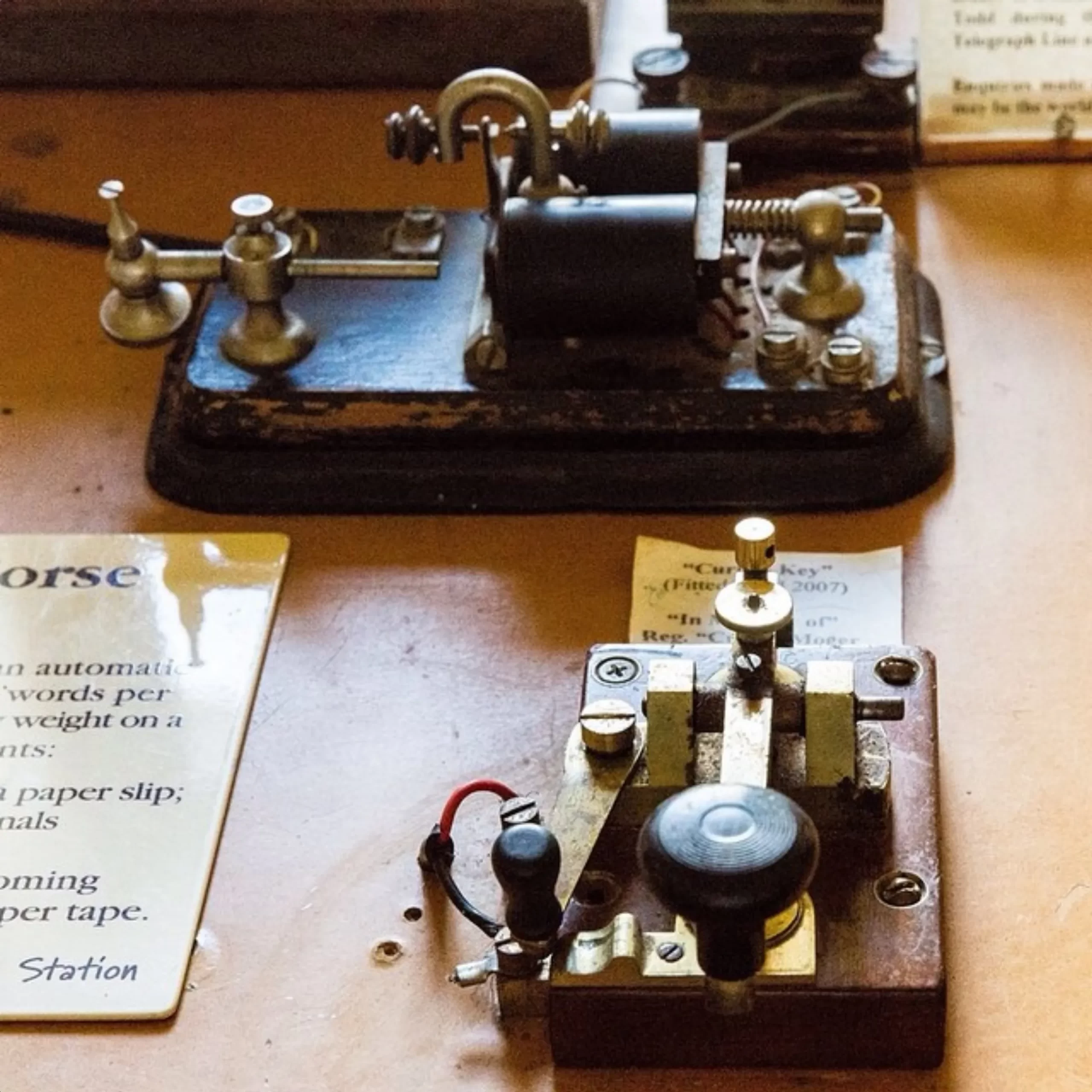
The Alice Springs Telegraph Station was established in 1872 as part of the Overland Telegraph Line which connected South Australia to Port Augusta and eventually the rest of the world via the undersea telegraph network. This was a massive achievement which reduced communication time between Australia and Europe from months to hours, a significant moment in Australian communication history.
Chosen by Charles Todd who led the construction of the Overland Telegraph Line this site was a key part of Australia’s development. The telegraph station was a relay point for messages across the continent and a lifeline for early settlers in the region.
The station was operational for several decades before closing in 1932. After that it was a pastoral station before being preserved as a historical reserve. Today it stands as a testament to the hard work and ingenuity of those early pioneers, showing pioneer life and the challenges of connecting Australia’s remote regions to the rest of the world.
Exploring the Historic Buildings
When you visit the Alice Springs Telegraph Station Historical Reserve you’ll find a collection of historic buildings all restored to give you a glimpse into the past. The telegraph station buildings are some of the best preserved 19th century buildings and give a great insight into the life of the station master, telegraph operators and their families.
The telegraph office, postmaster’s residence and original stone buildings where you can see the old telegraph equipment. All restored with period furniture and artefacts to give you a sense of life at the station.
Walk through the telegraph office where messages were sent and received and the rooms where the station master and his family lived. Each building has exhibits that explain the importance of the telegraph station and how it connected remote communities to the rest of the world. You can also learn about the role the site played in early European settlement and how it influenced population growth in Alice Springs.
Aboriginal Heritage and Cultural Significance
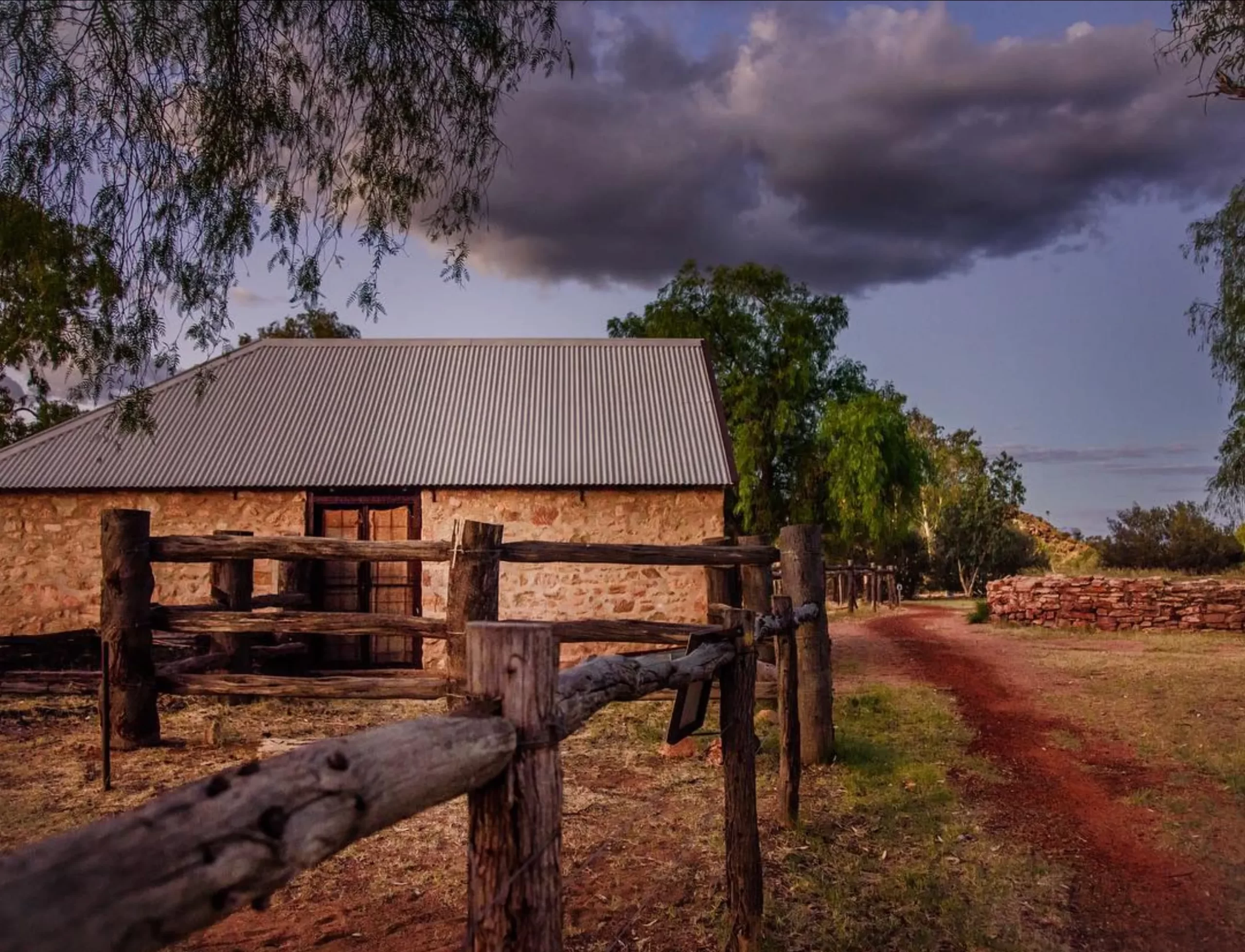
The Alice Springs Telegraph Station is significant not just for European settlement but also for its Aboriginal connections. Before Europeans arrived this area was part of an Aboriginal settlement that was of spiritual and cultural importance. The traditional owners of this land the Arrernte people have been in the area for thousands of years and have a continuous culture. You can learn about the site’s Aboriginal culture through displays and guided tours.
In the early 20th century the site was also a home for mixed-race Aboriginal children adding to its cultural history. This aspect of the site’s history adds another layer to the historic precinct and shows the complex relationships between Indigenous communities and the colonisers.
Walking and Cycling Trails
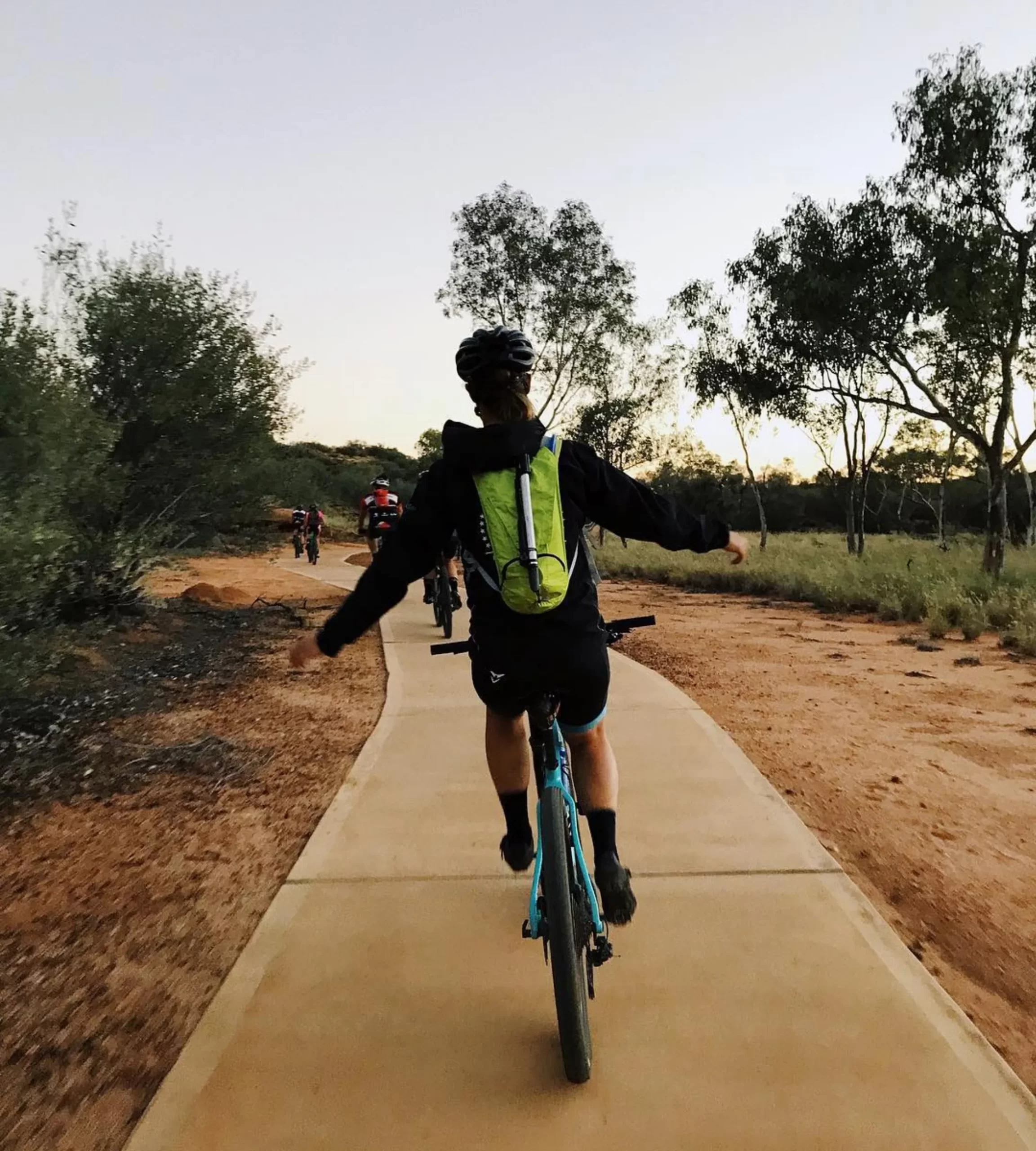
The Alice Springs Telegraph Station Historical Reserve has many walking paths, cycling tracks and mountain bike trails surrounding the reserve. The reserve is also the start of the famous Larapinta Trail one of the most popular hiking trails in Australia for walkers of all levels.
For a more relaxed experience take the Herbert Heritage Drive a self guided tour of other attractions in the area. For families there are shorter walking trails for all ages that are fun and educational about pioneer life and the station’s history.
Facilities and Accessibility
The reserve has visitor facilities including picnic areas, drinking water, public toilets and bike hire. The walking trails are well maintained so you can easily wander around the beautiful surroundings. The reserve is also car accessible just a short drive from the town centre so it’s a great day trip stop.
Entry Fee and Visitor Information
An entry fee applies to the Alice Springs Telegraph Station Historical Reserve. Tickets are available for different times of the year. Child tickets and family passes are available so it’s an affordable outing for all ages. March to November entry fees vary so check ahead for up to date pricing.
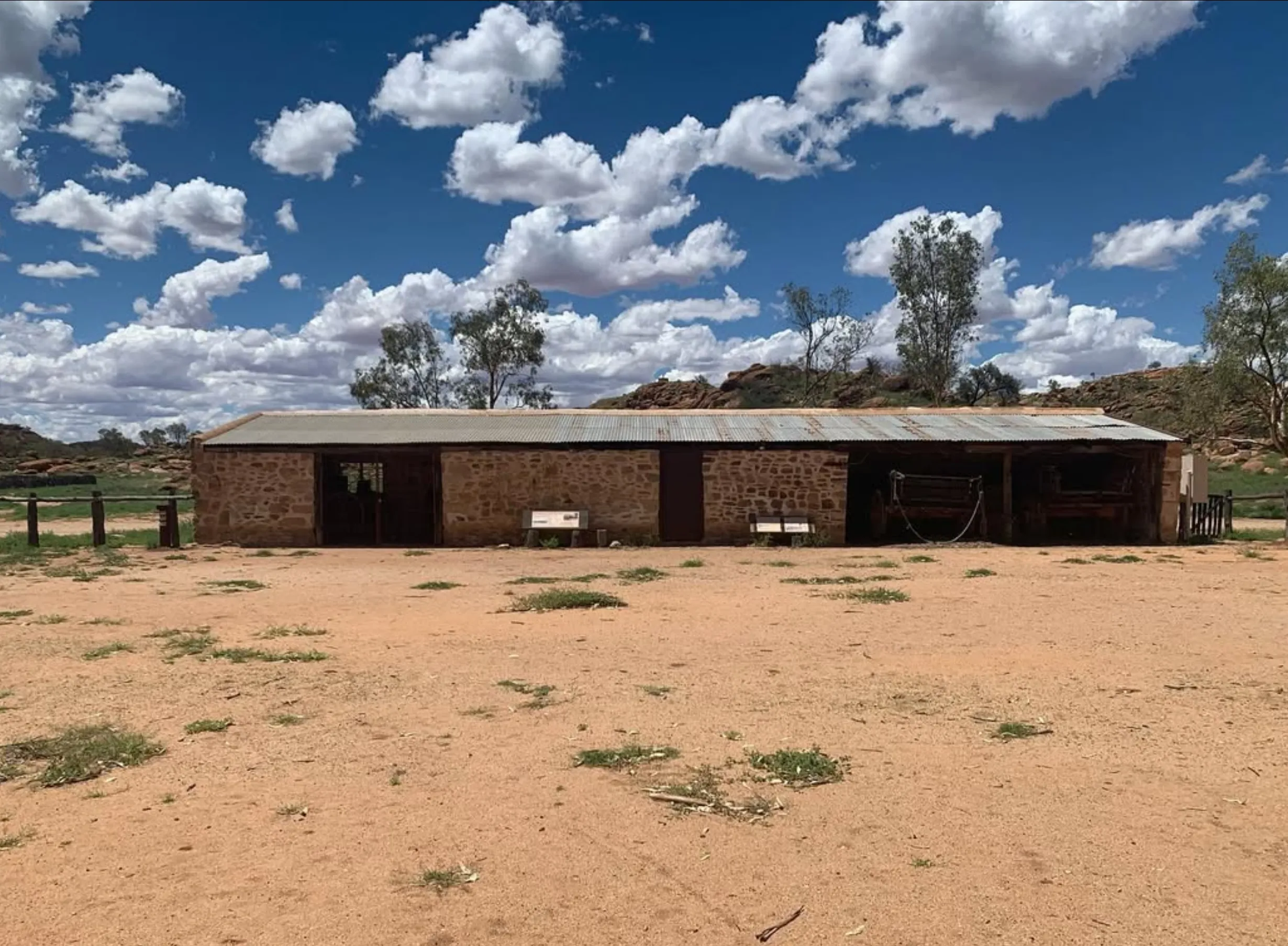
The entry fee includes access to all areas of the historic precinct including the telegraph station buildings and original stone buildings. Guided tours are available if you want to learn more about the site’s history.
Nearby Attractions
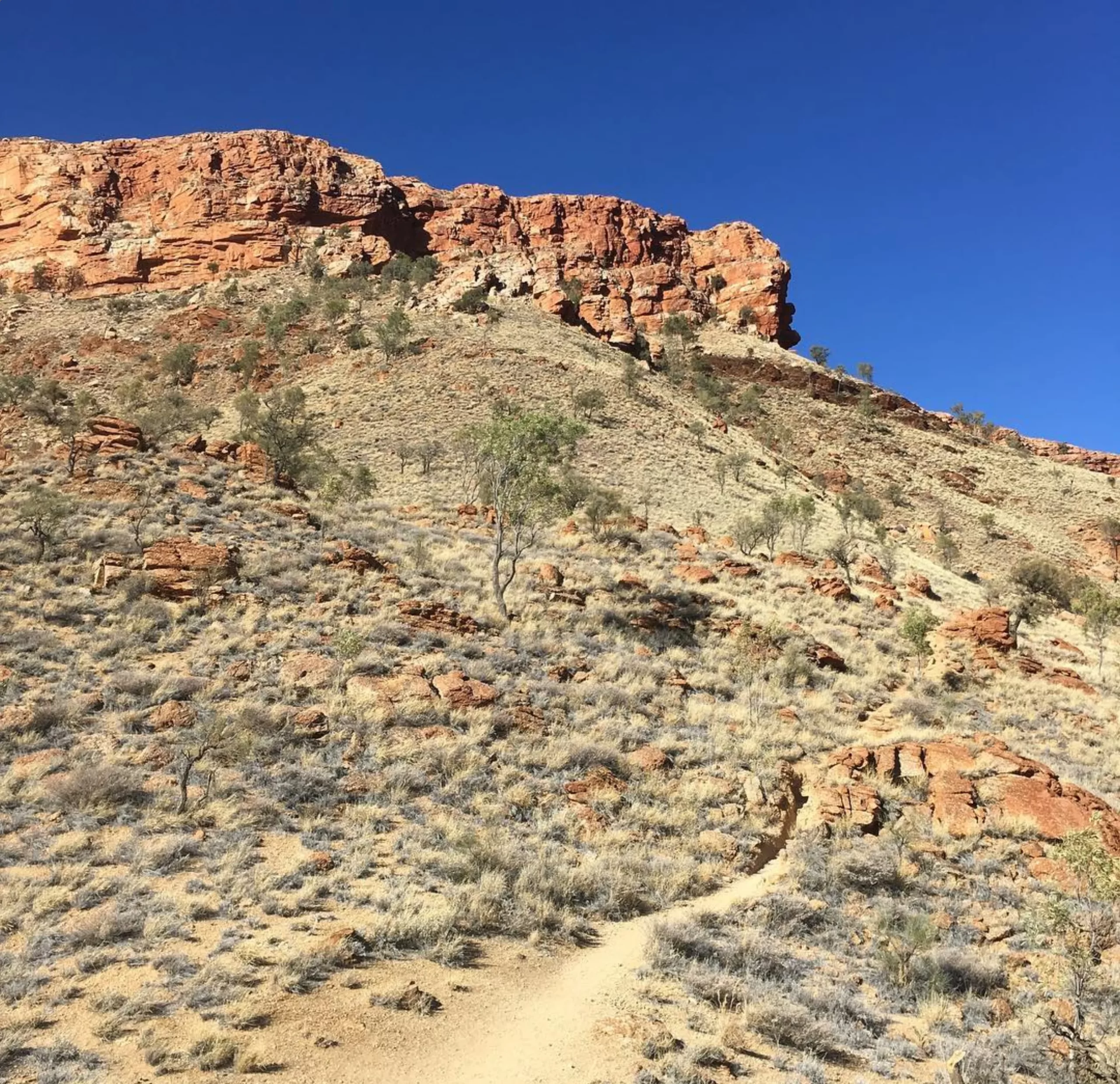
Uluru tours explore locations like the Alice Springs Telegraph Station and other attractions. Just a short drive away is Anzac Hill which has great views of the town and surrounding ranges. Best Uluru tours include visits to the Alice Springs Desert Park and the Alice Springs School of the Air to learn more about the areas cultural heritage and Aboriginal culture.
Tours Uluru offer relaxation options after exploring, with a range of luxe options from eco-lodges to boutique hotels. Many of the accommodation options have packages and deals to make the most of your holiday dollars.
Conclusion
Alice Springs to Uluru tour packages include the Alice Springs Telegraph Station Historical Reserve, a must see for history enthusiasts. As a key site in Australia’s communication history it tells the story of the pioneers who built the Overland Telegraph Line and the Aboriginal people who have lived here for thousands of years. Uluru trips feature historic buildings, great views and walking trails making this a history lover’s paradise.
FAQs
How much is entry?
Entry fee payable at gate. March – November entry fees may vary, check ahead.
Are there walking and cycling tracks?
Yes, walking paths, cycling tracks and mountain bike trails for all levels.
What’s the history of the Alice Springs Telegraph Station?
The Telegraph Station was a key part of the Overland Telegraph Line which linked South Australia to the rest of the world and changed the face of communication in the 19th century.
Can I see the original stone buildings?
Yes, you can see the original stone buildings and learn about the lives of the telegraph operators who lived in the station master’s home and the telegraph office.
Is there cultural information about Aboriginal people?
Yes. There is information about Aboriginal culture and the traditional owners of the land who lived here long before European settlement.